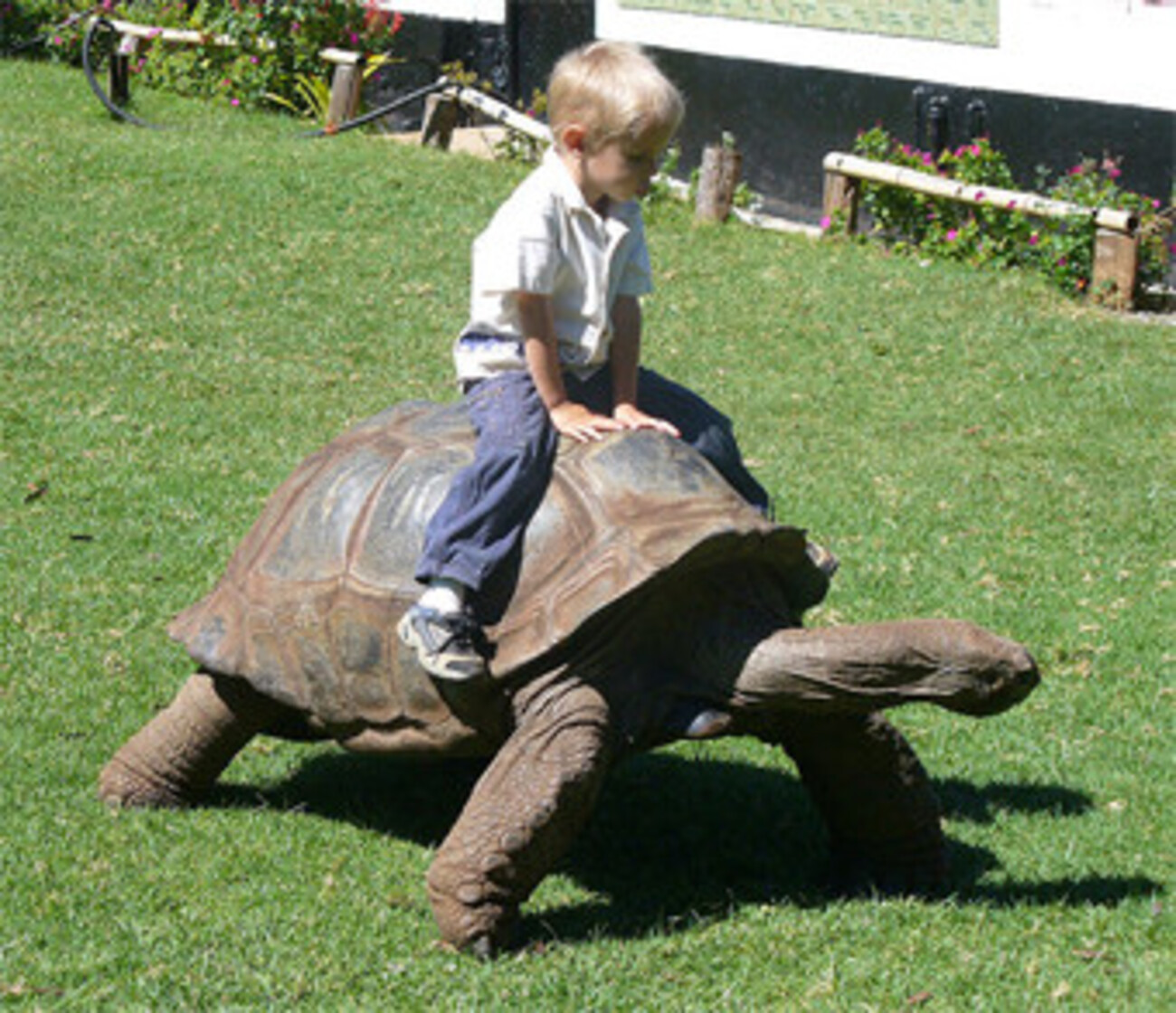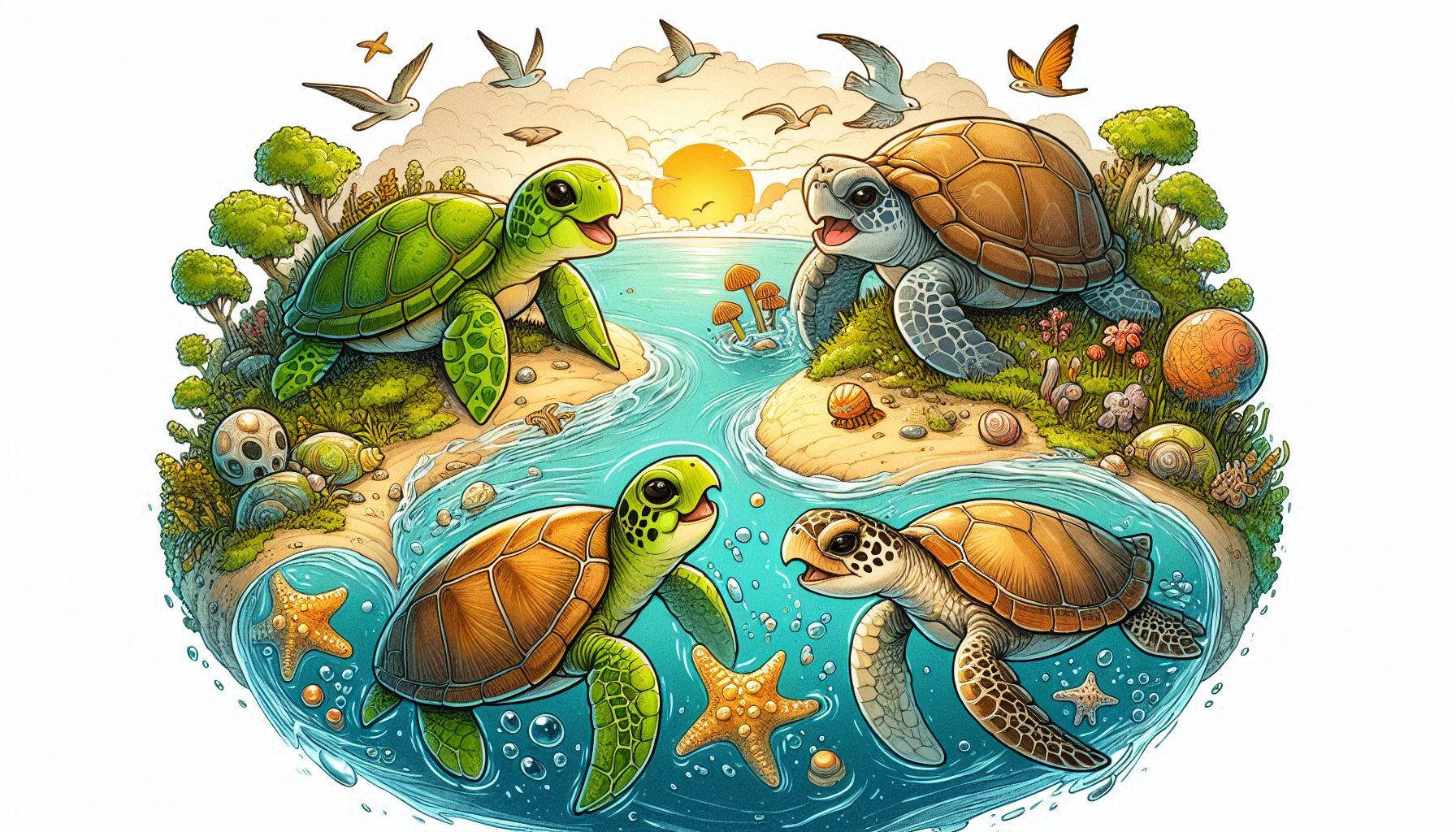While researching keystone species, I came across the topic of turtles. Keystone species are important species that maintain the balance of the ecosystem and contribute to other living things by changing the environment, even if their population is small. Some turtle species seem to fit this category.
It is a type of land-dwelling turtle called a gopher tortoise, and especially in the desert, it is called a desert tortoise, and it is sometimes called a desert engineer because it digs holes and changes the surrounding environment. It seems that species that change the environment as if they are doing construction work are called ecosystem engineers, so in this case it would be excavation work.
Desert turtles hibernate to survive the cold temperatures of winter and dig burrows to avoid the intense heat of summer. The burrows can be up to 10m long, and they spend 3/4 of the year in them. Desert turtles dig dozens of these burrows a year, so other creatures such as snakes, wallabies, and falcons can also use these burrows to survive the winter or hide in the summer. Being a keystone species, it seems that there are many creatures that cannot survive without these burrows.

The gopher tortoise, a type of tortoise that lives in a different area, also digs holes as its name suggests, and its burrows provide shelter for over 350 species, including snakes, amphibians, and mammals. They are also shelters not only in winter and summer, but also during forest fires. By digging holes, not only do they ventilate the soil and promote plant growth, but gopher tortoises also disperse seeds. Turtles are amazing.

Giant tortoises, a type of land tortoise, eat fruit to disperse plant seeds, and are particularly fond of eating invasive plants, preventing their overgrowth. By suppressing invasive species, they can restore the ecosystem. It’s amazing how they have the ability to return to the original vegetation.

Next up are sea turtles that live in the ocean. Sea turtles maintain the balance of the ocean’s ecosystem by eating jellyfish, which would proliferate abnormally if left unchecked. The leatherback turtle, in particular, eats more jellyfish than any other creature on Earth, apparently eating 200kg of them a day.
Sea turtles have a wide range of movement, with loggerheads and leatherbacks migrating 10,000km, and hawksbills, which are said to have a smaller range, migrating 6,000km. They return the nutrients they collect by migrating widely across the ocean to land by laying eggs on beaches. Not all of the many eggs that are laid will hatch, so they become nutrients on the beaches. This is also one big cycle, returning nutrients that flowed from land to the sea back to land.
Hawksbill turtles, a type of turtle that lives in the sea, eat sponges. Sponges are poisonous and seem to damage coral over a wide area. By eating sponges, hawksbill turtles keep coral reefs healthy and protect the habitat of other creatures. Another species, the green sea turtle, eats seaweed to balance the amount of seaweed, which can easily become excessive.

Turtles seem to have a big impact on the ecosystem. Their role in keeping the ecosystem in balance is amazing. How do we know that the amount is right for the whole? Turtles are amazing. The ecosystem of the Earth is amazing.


